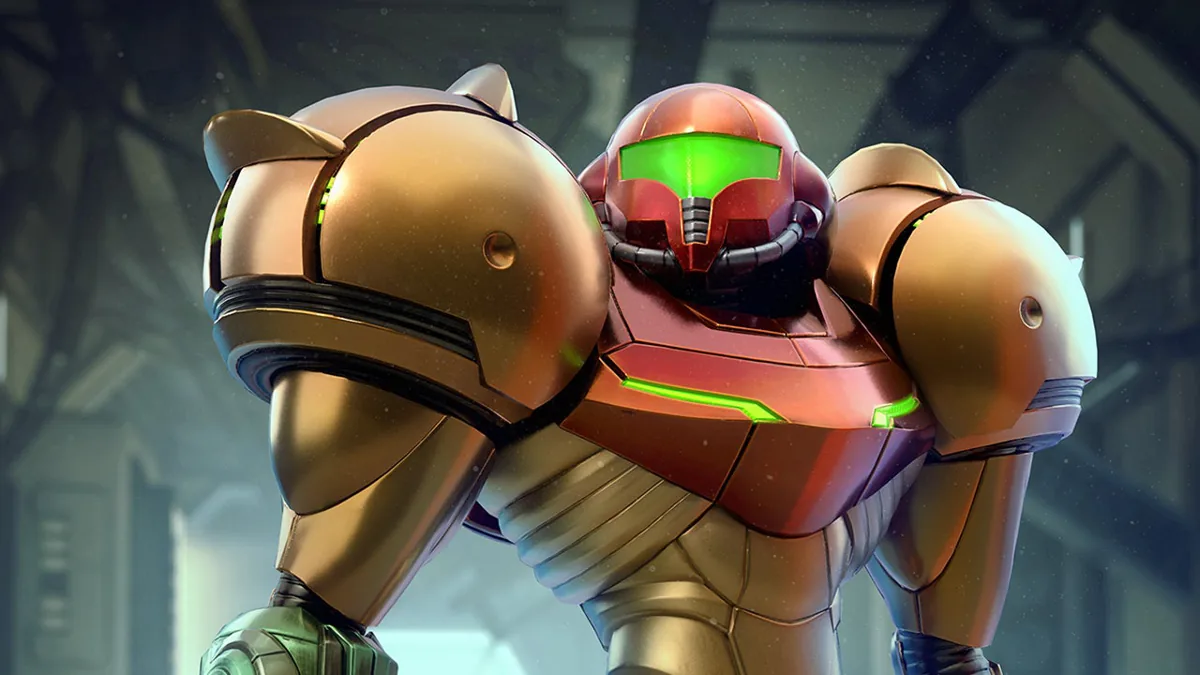Since its creation in 1986, Nintendo’s Metroid series has established itself as one of the most beloved franchises in video game history. From its groundbreaking exploration mechanics to its iconic protagonist, Samus Aran, the series has left an indelible mark on the gaming world. But despite its success and influence, there are still plenty of fascinating facts and behind-the-scenes stories that many fans may not know. Here’s a deep dive into some lesser-known aspects of the Metroid franchise that will leave you appreciating the series even more.
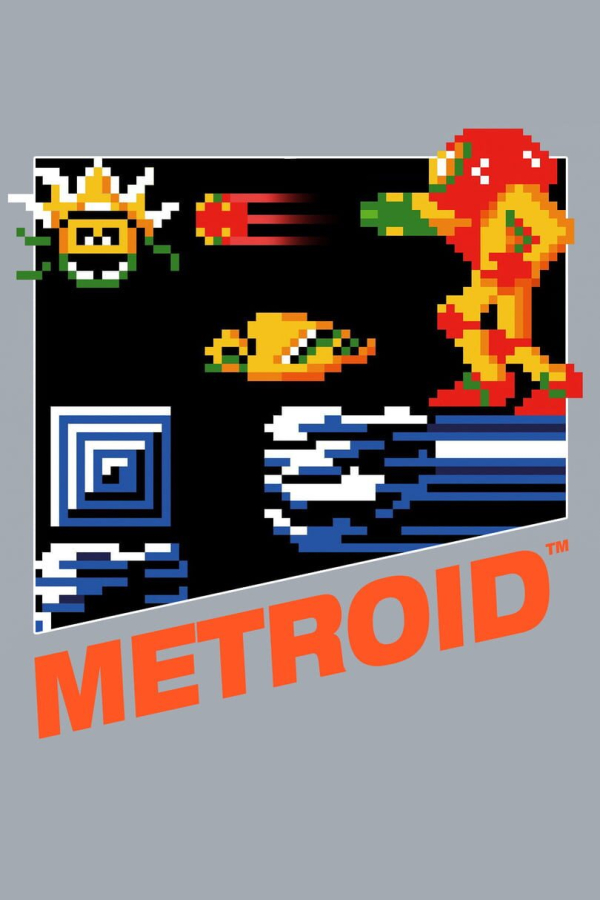
The Metroid Series was a Game-Changer for Game Design
Metroid was revolutionary when it first launched on the Nintendo Entertainment System (NES) in 1986. While platformers and action games were already popular, Metroid introduced a deep, non-linear structure with its “exploration-based” gameplay, laying the foundation for the Metroidvania genre. Players had to explore vast, interconnected worlds, unlocking new abilities that allowed them to access previously unreachable areas. This approach wasn’t just innovative for its time; it changed the way video games would be designed for years to come.
Samus Aran’s Gender Was a Surprise
One of the most famous revelations in Metroid history occurred in the original game. Throughout the first Metroid game, players assumed that Samus Aran was a man, thanks to her power armor and silent demeanor. However, when players completed the game in a fast enough time, Samus was revealed to be a woman, in one of the earliest instances of a female protagonist in gaming. This was a revolutionary moment in gaming history, and Samus remains one of the most prominent female characters in the medium today.
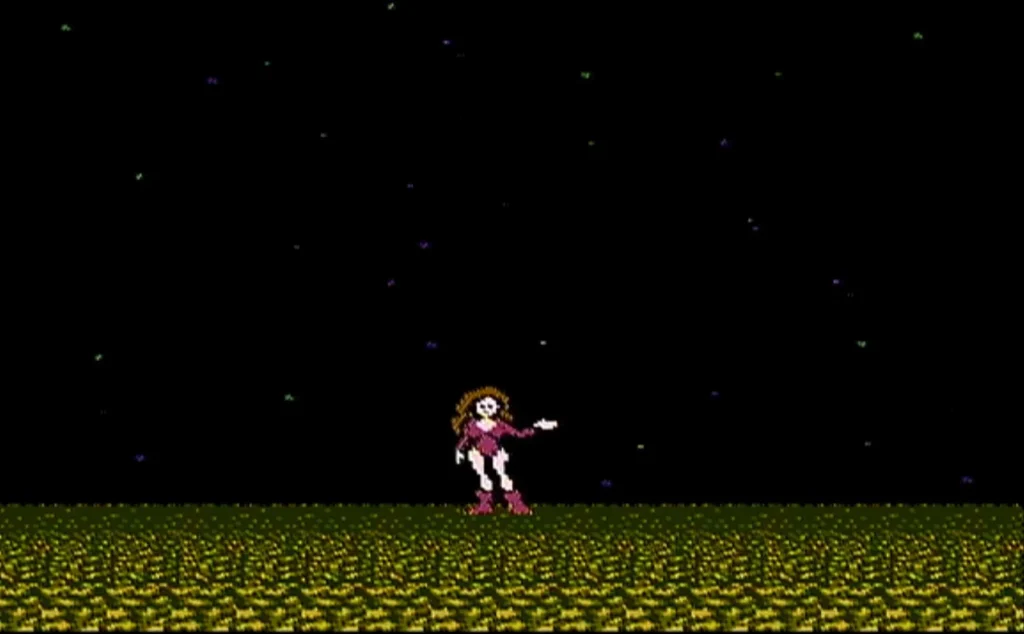
The Series’ Deep Influence on Future Games
While many fans of Metroid know that the series inspired the Metroidvania genre, it’s also important to note that many later iconic titles drew inspiration from Metroid’s mechanics. Games like Castlevania: Symphony of the Night, Hollow Knight, and Axiom Verge all owe a debt to Metroid’s open-world exploration and intricate, interconnected environments. Metroid Prime, with its first-person perspective, also influenced titles like The Legend of Zelda: Breath of the Wild, demonstrating how the series has impacted not just action games but game design as a whole.
The Samus Aran Suit Was Inspired by Japanese Sci-Fi
The design of Samus’s Power Suit was influenced by a range of science fiction media, including Star Wars and Japanese mecha anime. The design was created by artist Hiroji Kiyotake, who wanted the suit to feel like a natural extension of Samus herself, while also maintaining the “cool factor” of robotic armor. Interestingly, the suit’s massive shoulders were added to make Samus appear more imposing and dynamic, while also tying into the mecha and cyborg influences of the era.
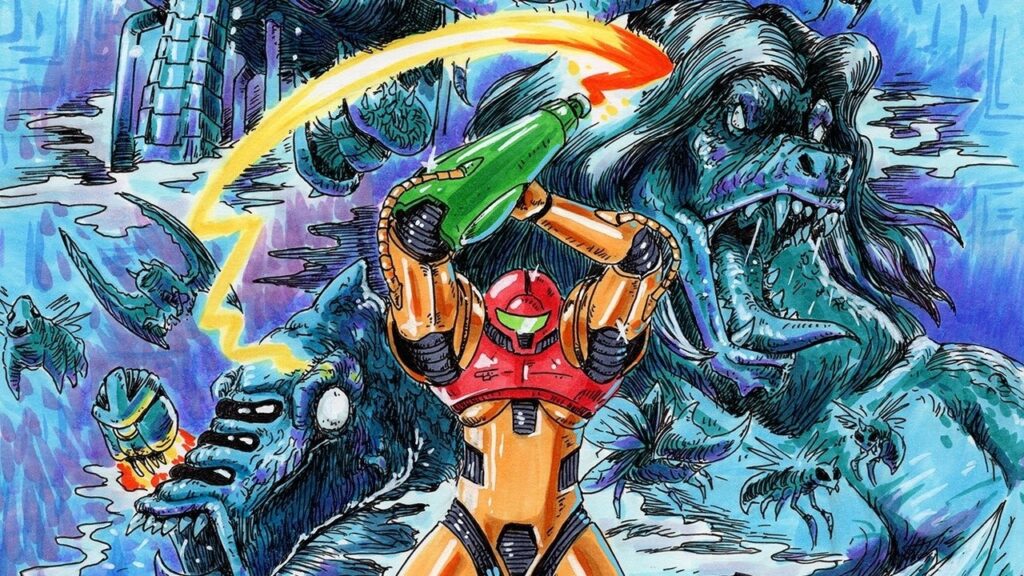
A Constant Battle with Technology Limitations
The Metroid series has always pushed the limits of hardware, often forcing its developers to get creative with technology. For example, the first Metroid game’s atmospheric design and expansive world were achieved with clever use of limited NES memory. Later, Metroid Prime was a major technical feat on the GameCube, translating the franchise’s signature exploration into 3D in a way that felt both innovative and true to the series’ roots. The series has continuously broken barriers, whether through stunning visuals, innovative gameplay, or sound design.
The True Start of Samus’s Story Was Metroid Prime
While Metroid introduced Samus, it wasn’t until Metroid Prime that players truly experienced her backstory. The Prime series, especially in its first two entries, brought a new level of immersion to Samus’s adventures, introducing lore, detailed environments, and exploration-focused narratives. Metroid Prime was originally a third-person series, but the transition to first-person was a risky and bold move that paid off in spades, providing players a more personal experience of the world Samus inhabits. Additionally, Metroid Prime’s emphasis on scanning and environmental storytelling opened up new avenues for world-building.
The Ridley Evolution: Why the Villain Keeps Coming Back
Ridley, Samus’s arch-nemesis, has become a staple of the series. However, his repeated appearances come with some interesting quirks. Ridley’s status as a “supervillain” who refuses to die despite being defeated multiple times can be traced back to the design choice that he is meant to be the “ultimate nemesis” for Samus. His constant resurrection ties into Metroid’s themes of persistence, decay, and rebirth. What’s fascinating is that Ridley’s characterization also adapts with each game, evolving from a monster to a more strategic and calculated threat.
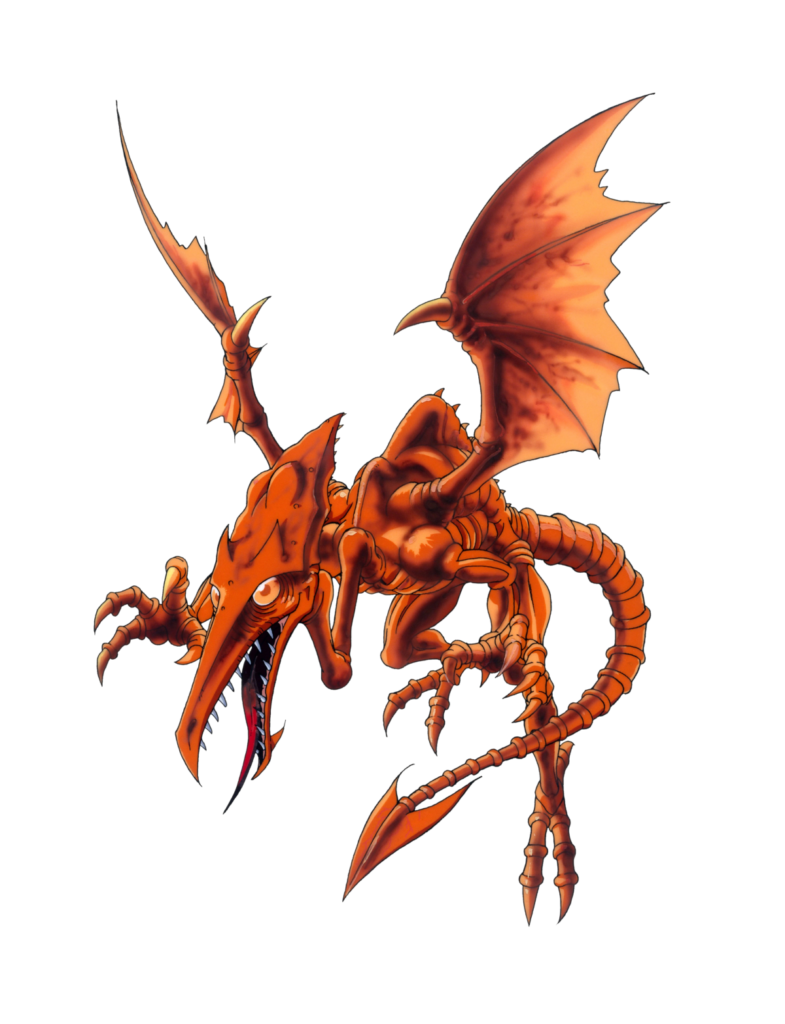
Metroid Dread: A Long-Awaited Return
After Metroid Fusion in 2002, fans were left wondering when Samus would return to her roots. For nearly two decades, Metroid fans had to wait for a proper 2D entry in the series. That wait ended with Metroid Dread in 2021. The game took everything fans loved about the franchise’s roots and combined it with the latest technology to create an intense, thrilling experience. Metroid Dread revitalized the 2D side of the series, incorporating new elements like the EMMI robots and tighter platforming mechanics, making it an unforgettable return to form.
The Soundtrack Is a Hidden Gem
The music in Metroid has always been incredible, though often overlooked. Koji Kondo’s atmospheric compositions in the original Metroid helped establish the tone of the game, while the Metroid Primeseries, with its eerie, immersive soundtrack by Kenji Yamamoto, set a new standard for how video game music can shape player experience. The series’ use of ambient sound, minimalist themes, and tense, high-energy moments through music helps to draw players deeper into Samus’s world, making it one of the best soundtracks in gaming history.
Samus Has a Growing Legacy
Metroid’s influence is still being felt today, with Samus continuing to appear in major crossovers like Super Smash Bros. and games like Mario Kart 8. But Samus’s influence is also cultural—she stands as one of the most recognizable female protagonists in the gaming world, inspiring countless fans and characters who followed in her footsteps. Her ability to balance strength, intelligence, and vulnerability helped break down barriers for women in gaming and has led to her being celebrated as a feminist icon.
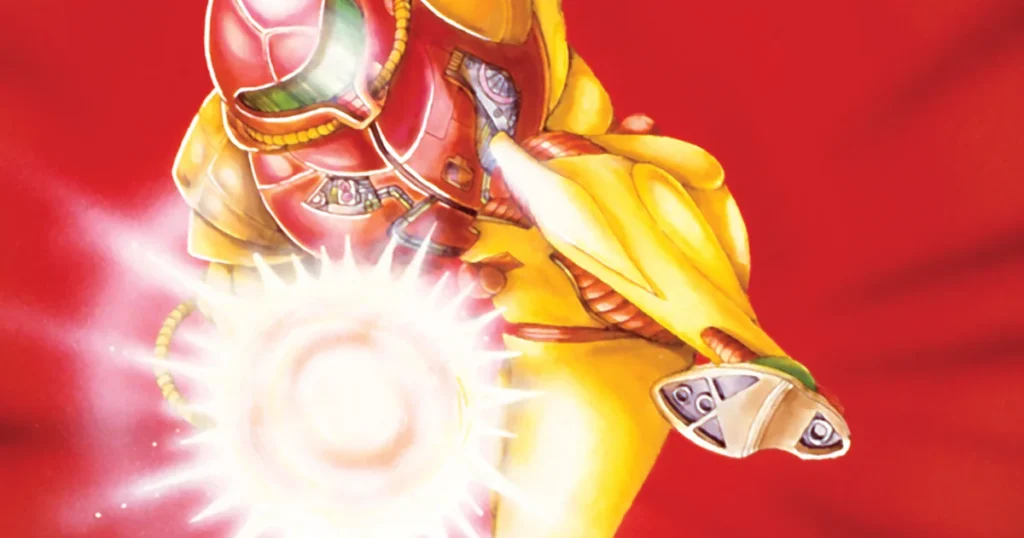
The Metroid series is much more than just a collection of games—it’s a cultural touchstone that has influenced the direction of the gaming industry. From its groundbreaking mechanics to its visionary character design, Metroid continues to push the boundaries of what video games can achieve. Whether you’ve been with Samus since 1986 or just recently picked up Metroid Dread, there’s no denying that Metroid is one of the most important franchises in gaming history.

